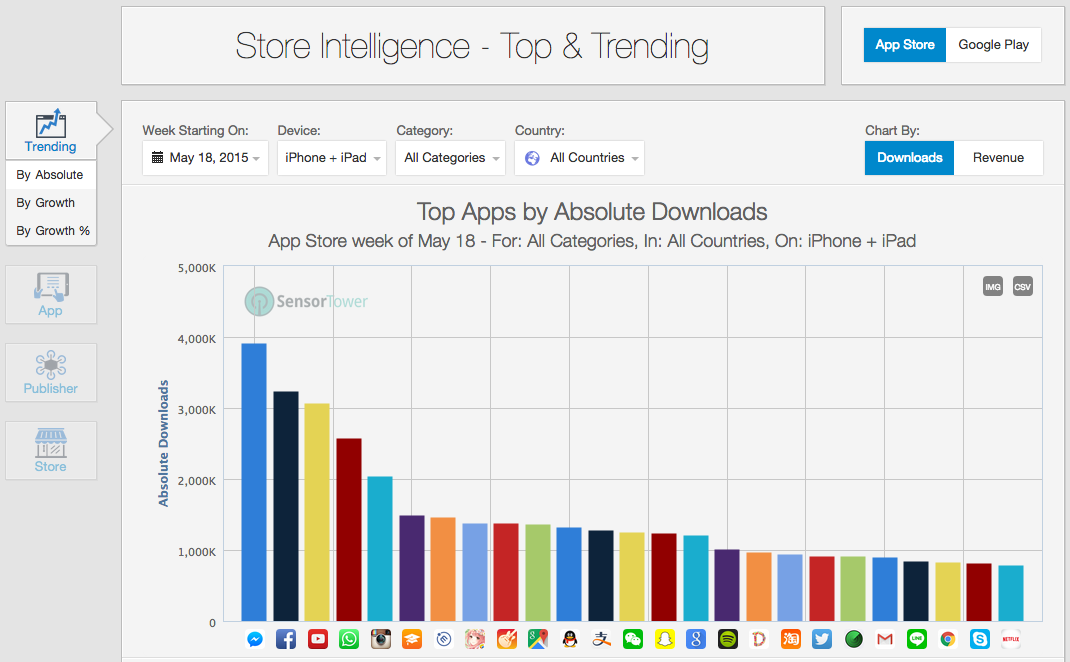Delivery Apps That Deliver from Farmers Markets have transformed the way consumers access fresh produce and artisanal goods directly from local farmers. In an age where convenience is paramount, these apps bridge the gap between urban dwellers and rural agricultural practices, promoting sustainability and supporting local economies. By leveraging technology to streamline the purchasing process, these platforms not only enhance consumer choice but also contribute to the revival of community-based agriculture.
With the increasing awareness of the importance of supporting local farmers and the demand for high-quality, organic products, delivery apps have emerged as a vital link in the supply chain. They facilitate a seamless connection between consumers and farmers markets, allowing easy access to fresh, seasonal produce. This growing trend emphasizes the role of technology in fostering sustainable food systems while providing a unique avenue for consumers to participate in their local economies.
Climate change represents one of the most significant challenges confronting global biodiversity in the 21st century. The Intergovernmental Panel on Climate Change (IPCC) has issued numerous reports underscoring the complexities and repercussions of climate change on ecosystems and species worldwide. As global temperatures rise due to anthropogenic greenhouse gas emissions, the resulting alterations in climatic conditions are leading to profound ecological shifts.
This article delves into the mechanisms through which climate change affects biodiversity, examines the consequences for various species, and discusses potential conservation strategies to mitigate these impacts.
Understanding Climate Change
Climate change refers to long-term alterations in temperature, precipitation patterns, wind patterns, and other elements of the Earth’s climate system. It is primarily driven by human activities, particularly the combustion of fossil fuels, deforestation, and industrial processes, which release greenhouse gases like carbon dioxide (CO2) and methane (CH4) into the atmosphere. These gases trap heat, leading to an increase in Earth’s average temperature—an effect commonly known as global warming.
The consequences of climate change manifest in various forms, including rising sea levels, increased frequency and intensity of extreme weather events, shifts in habitat ranges, and alterations in the timing of biological events (phenology). These changes pose significant threats to biodiversity, affecting species’ survival, distribution, and ecological interactions.
Effects of Climate Change on Biodiversity
1. Habitat Loss and Fragmentation
One of the most immediate effects of climate change is habitat loss and fragmentation. As temperatures rise, many species are forced to migrate toward cooler areas, such as higher altitudes or latitudes. However, anthropogenic activities, such as urbanization and agriculture, often limit the availability of suitable habitats. For instance, the polar bear (Ursus maritimus) is facing habitat loss due to the melting ice in the Arctic, which is critical for its hunting and breeding activities.
2. Altered Species Interactions
Climate change not only affects individual species but also alters the interactions between species within ecosystems. These changes can disrupt food webs and ecological relationships. For example, shifts in the timing of flowering plants due to rising temperatures can lead to mismatches with pollinators that depend on them for food. Such disruptions can have cascading effects throughout the ecosystem, potentially leading to declines in both plant and pollinator populations.
3. Increased Vulnerability of Species, Delivery Apps That Deliver from Farmers Markets
Some species are particularly vulnerable to the impacts of climate change due to their specific habitat requirements or limited geographic ranges. Endemic species, which are unique to a particular location, are often at the highest risk. For example, the golden toad (Incilius periglenes), which inhabited a small area in Costa Rica, is believed to have gone extinct due to climate-induced changes in its habitat and the introduction of pathogens exacerbated by warmer conditions.
4. Ocean Acidification and Marine Biodiversity
Climate change also affects marine ecosystems, primarily through ocean acidification—a process caused by the absorption of excess atmospheric CO2 by the oceans. This phenomenon adversely affects calcifying organisms, such as corals, mollusks, and some plankton species, which struggle to maintain their calcium carbonate structures. Coral reefs, often referred to as the “rainforests of the sea,” support a vast array of marine biodiversity and are particularly susceptible.
The bleaching of coral reefs due to rising sea temperatures results in significant loss of habitat for numerous marine species, threatening their survival.
Consequences for Ecosystems
The repercussions of climate change on biodiversity extend beyond individual species, affecting entire ecosystems. Ecosystems provide essential services, such as carbon storage, water purification, soil fertility, and pollination. The degradation of biodiversity can compromise these ecosystem services, leading to negative implications for human well-being.
For instance, the loss of pollinators due to climate change can impact agricultural productivity, threatening food security in various regions. Similarly, the decline of fish populations in oceans due to habitat loss and changing conditions can affect livelihoods for communities that rely on fishing.
Conservation Strategies
Addressing the challenges posed by climate change to biodiversity requires a multifaceted approach that includes both mitigation and adaptation strategies. Mitigation focuses on reducing greenhouse gas emissions to limit climate change, while adaptation involves adjusting conservation strategies to better cope with changing conditions.
1. Protecting and Restoring Habitats
Conservation efforts should prioritize the protection and restoration of critical habitats to enhance resilience against climate change. Establishing protected areas, wildlife corridors, and restoring degraded ecosystems can provide safe havens for species to thrive. For example, reforestation projects not only sequester carbon but also create habitats for diverse flora and fauna.
2. Enhancing Connectivity
Improving landscape connectivity between habitats can facilitate species migration in response to climate change. Establishing wildlife corridors enables animals to move freely between fragmented habitats, thereby enhancing their chances of survival as they track suitable climates. This approach is particularly vital for species that cannot adapt quickly to changing conditions.
3. Climate-Resilient Conservation Planning
Conservation planning must incorporate climate projections to identify regions that may become suitable habitats in the future. By focusing on areas that are predicted to remain stable or become more hospitable under climate change scenarios, conservationists can make informed decisions about where to direct efforts and resources.
4. Community Engagement and Education
Engaging local communities in conservation efforts and raising awareness about the impacts of climate change on biodiversity are crucial for effective management. Empowering communities to participate in conservation activities can lead to more sustainable practices and foster a sense of stewardship for local ecosystems.
Conclusion: Delivery Apps That Deliver From Farmers Markets
The impacts of climate change on biodiversity are profound and far-reaching, necessitating urgent action to protect the planet’s ecological integrity. As species face unprecedented challenges, a proactive and integrated approach to conservation is essential. By combining habitat protection, enhancing connectivity, employing climate-resilient strategies, and engaging communities, we can foster resilience within ecosystems and safeguard biodiversity for future generations. Addressing climate change is not just an environmental issue; it is a critical component of ensuring a sustainable future for all living organisms on Earth.











